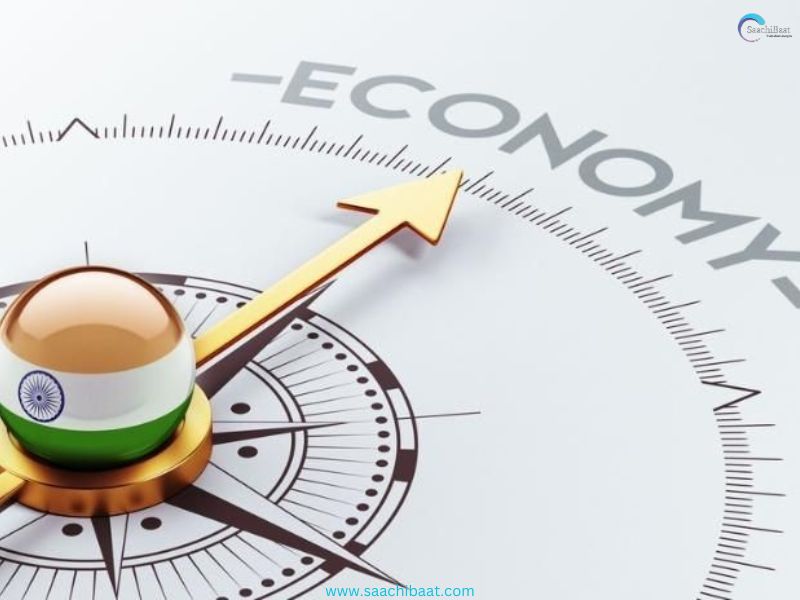According to Ratings Agency Crisil, The Indian economy is expected to double to USD 7
trillion with a growth trajectory that positions India to attain upper middle-income status by
2031. India’s real GDP growth will likely moderate to 6.8 percent in fiscal 2025, next seven
fiscal years (2025-2031) will see the Indian economy crossing the USD 5 trillion mark.
Crisil expects the economy to expand to USD USD 6.7 trillion by fiscal 2031. India, with a
GDP size of USD 3.6 trillion, is currently the fifth-largest economy in the world. This period
will make India the third-largest economy in the world and lift per capita income to the
upper-middle income category by 2031.
Drivers for growth
Traditional Growth Engine: India boasts a large and young population, contributing to a
growing workforce As the economy expands, people have more money to spend, which
stimulates businesses and drives economic activity.
Emerging Growth Drivers: India is experiencing a rapid digital transformation. India’s
manufacturing sector is also at a sweet spot due to high capacity utilization across key
sectors and initiatives like “Make in India”.
Additional Factor: Recent reports highlight a surge in private consumption as a major driver
of economic growth, with people spending more on goods and services. A gradual rise in
private and government investment is also a positive indicator.
Challenges faced by India
There are several challenges in front of India to achieve a status of upper middle-income
country:
1. A significant portion of the workforce remains unemployed or underemployed.
2. Inflation can erode purchasing power
3. The government’s spending may lead to higher debt.
4. Balance of Payments Concerns.
5. Red Tape and Corruption.
6. Impact of Global Events.
Measures Needed
To Overcome these challenges following measures are required:
1. Increase public and private investment in infrastructure development projects.
2. Reduce red tape to make it easier for businesses to invest and operate in India.
3. Focus on quality of education and skilling the workforce.
4. Invest in improving healthcare infrastructure
5. Production Linked Incentive (PLI) Schemes.
6. Agriculture reforms and Rural Infrastructure.
7. Innovation in Key Sectors like clean energy, artificial intelligence, and biotechnology.
8. Invest in Digital infrastructure and enhance digital literacy.
Way Forward
Continuous reforms, enhanced global competitiveness, and moving up the value chain will
be required to achieve the desirable goals set by India.
Reference
https://www.nextias.com/ca/current-affairs/15-03-2024/daily-current-affairs-15-03-2024



